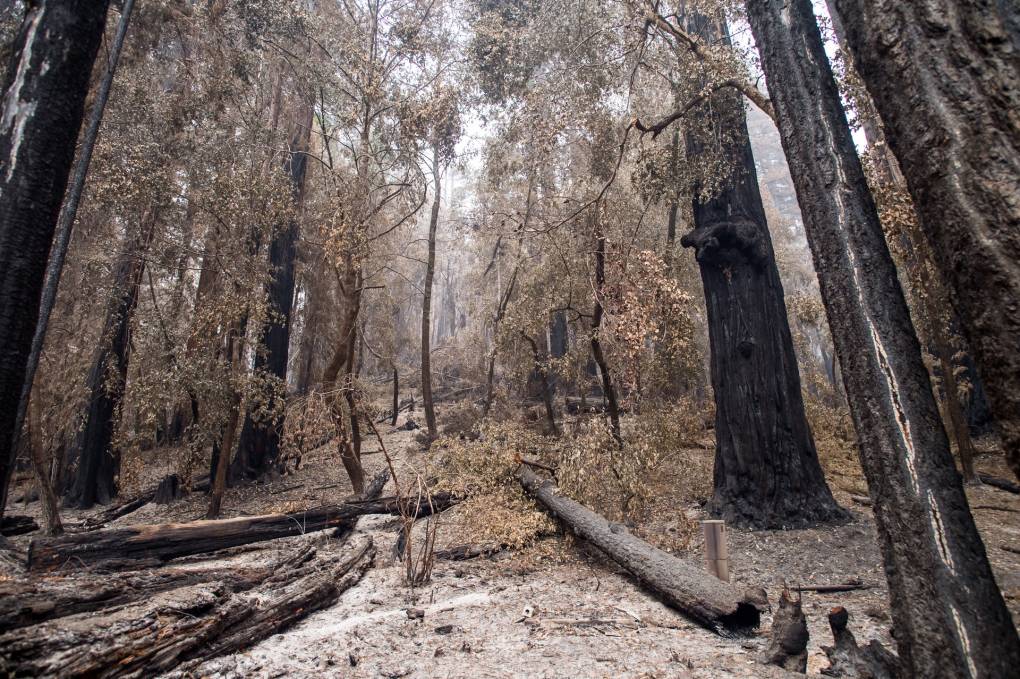The weather system is forecast to begin moving across Sonoma County early Tuesday afternoon and then move steadily south through the Bay Area. Several hours of heavy rain and high winds are expected to accompany the passage of a cold front late Tuesday night and early Wednesday morning. At that point, the storm may ease in the northern and central Bay Area, with sunny periods possible during the day Wednesday.
But the onslaught is forecast to continue in areas to the south as the storm slows and the main plume of the atmospheric river moves slowly down the Monterey County coast to around San Luis Obispo, then shifts slowly back north to near Santa Cruz.
Even with the welcome soaking expected through the end of the week, virtually all of California will remain in a serious seasonal precipitation deficit.
Jan Null, a consulting meteorologist and veteran of the National Weather Service, points out that San Francisco has gotten only about one-quarter of its "normal" rainfall to date.
"Even if we double San Francisco's rainfall this week, we're going to go from 26% of normal to 50% of normal," Null said. He added that even with this week's storm, regional rainfall totals for the month of January will also wind up below average.
